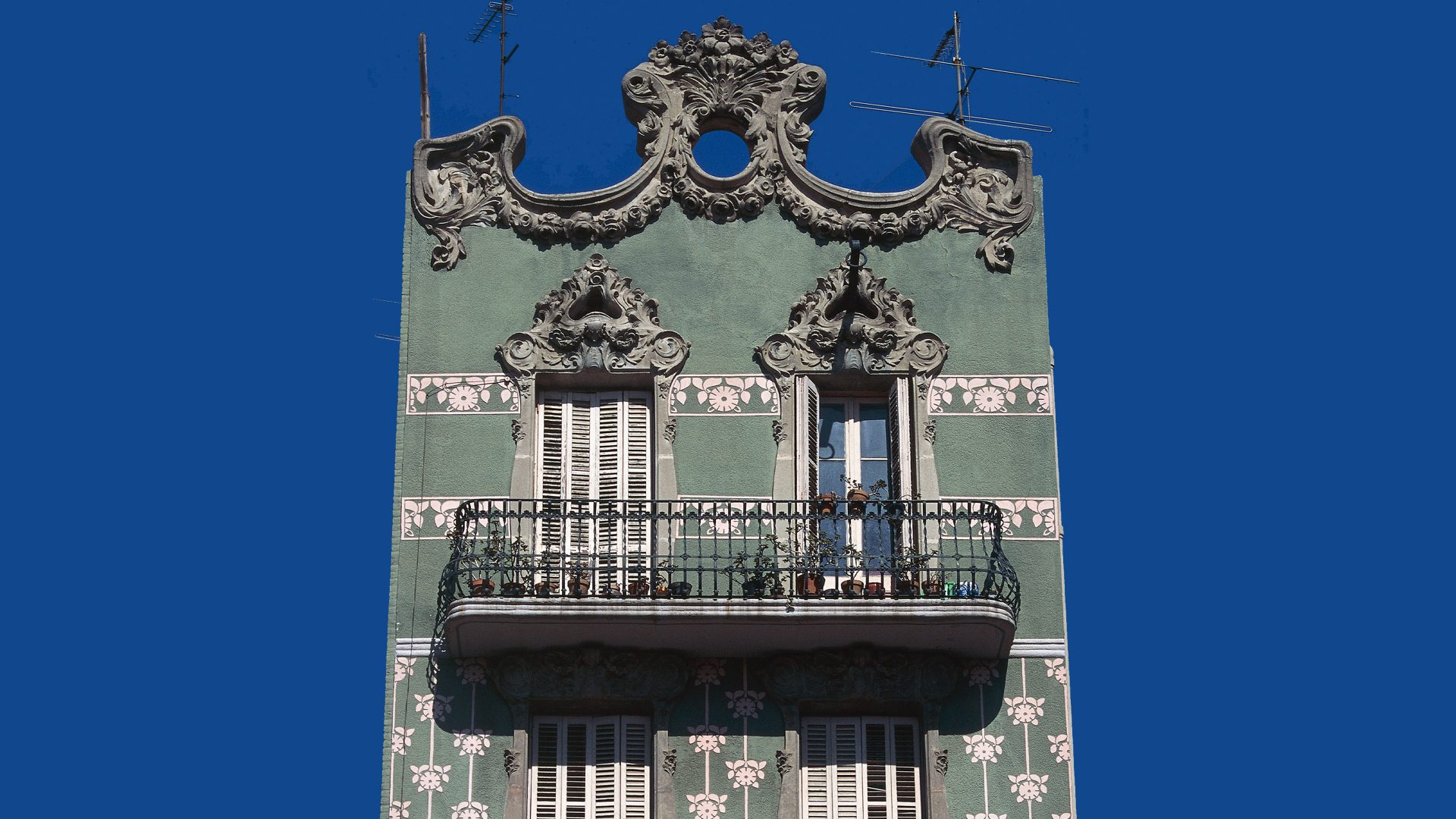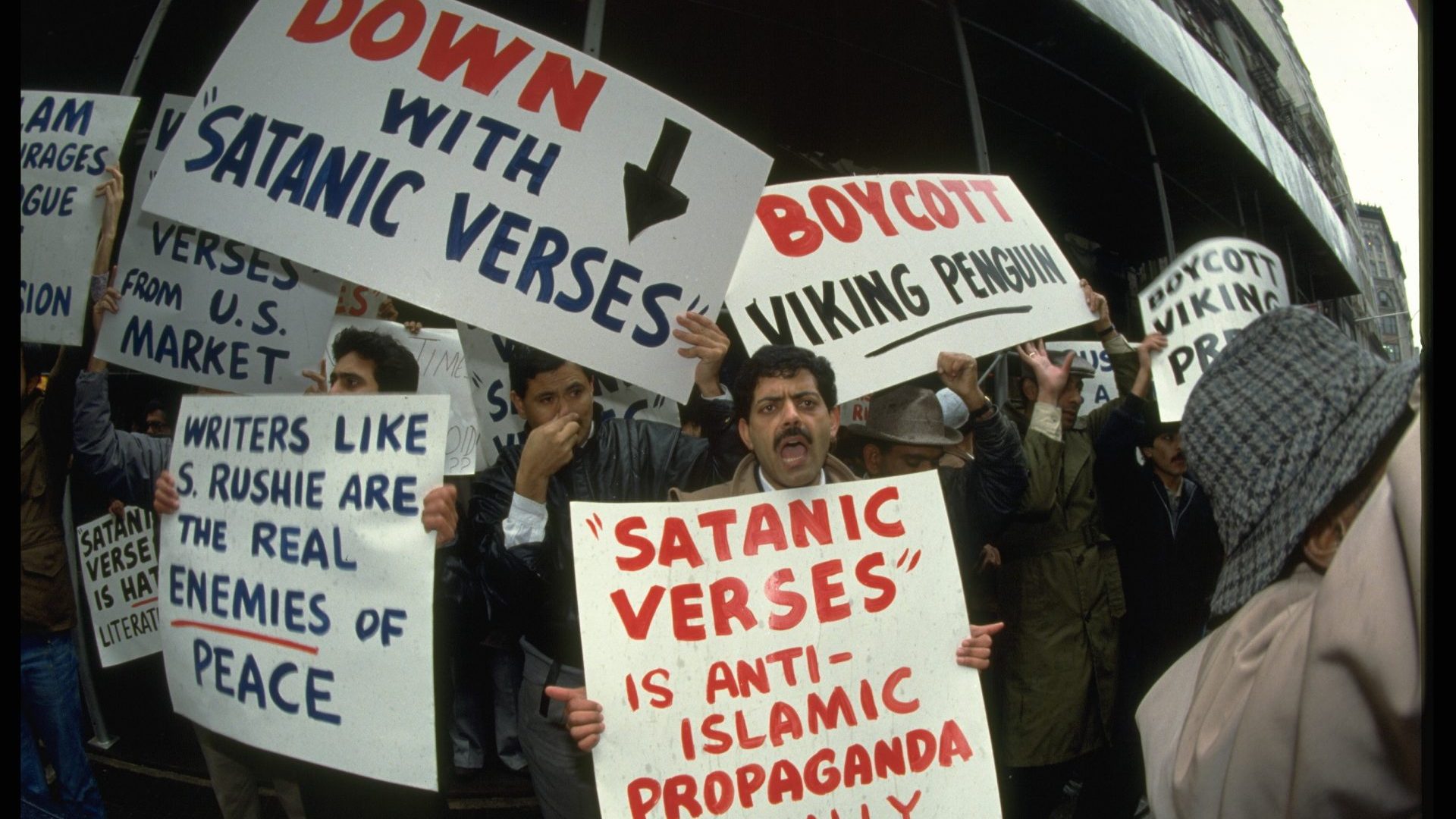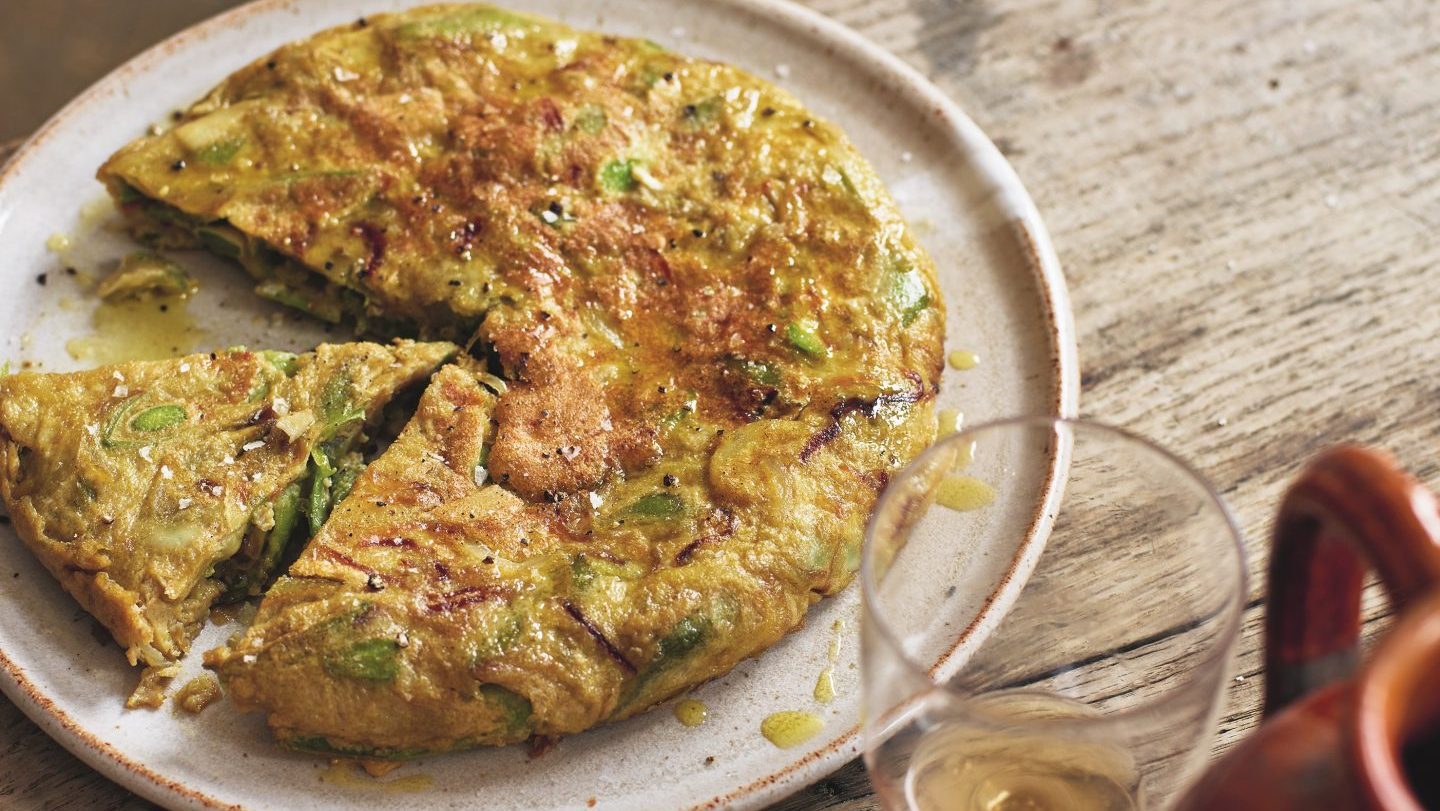The thousands of passengers who spill off the cruise ships and on to La Rambla, Barcelona’s main tourist thoroughfare, have helped to bring the city’s tourism numbers back to 90% of their pre-Covid total. Talk of “over-tourism” is also thus back on the agenda after a two-year lull.
The city’s mayor, Ada Colau, wants to reduce visits from the giant ships of up to 6,000 passengers and 2,500 staff, saying that they bring little to the city beyond congestion – something the cruise industry strongly disputes. It’s also true that few who live in Barcelona visit the tree-lined Rambla, with one long-time resident describing the cruise passengers who walk up the iconic street as “cockroaches”.
“My mum’s bread shop was replaced by a bullshit gin and tonic artisan place for tourists,” he sniffs. So he moved before the Brexit restrictions kicked in – to Manchester – and left the city he was long proud to call home.
Go a little further north from La Rambla and you reach Plaza Catalunya and the Passeig de Gràcia. This is Spain’s most expensive street, full of designer stores and tourists too, but if you follow it a short distance and cross the Diagonal road, which cuts across the entire city, you leave the Eixample’s rigid grid street system and the atmosphere changes as you enter the proud barrio of Gràcia itself, where 121,000 people live.
Gràcia was once a town in its own right, the ninth-biggest in Spain, before Barcelona swallowed it up in 1897 to protest from locals who consider themselves to be from Gràcia, not Barcelona. Older Graciencs still say they’re going to Barcelona – when it’s a 10-minute walk just over the Diagonal.
One of the first buildings you’ll see is Domenech’s modernist classic, Casa
Fuster, now a five-star hotel. Incredibly, planners considered destroying it in the 1970s to widen the main Gran de Gràcia road that splits the barrio, or neighbourhood. Nearby is the city’s best, or at least most renowned, fish restaurant, Botafumeiro. Yet few go to Gràcia for high-end dining or luxury hotels.
Gràcia’s central area is buzzy, tightly packed with narrow streets. Long known for its leanings towards Catalanism, republicanism and even anarchism, it’s a pleasant, safe place to visit. If you want restaurants with pictures of the food outside then stick to La Rambla, if you want a more
authentic Barcelona experience, head north.
Gràcia boasts nine squares, each pleasant but not beautified, each full of locals. The best is Plaça Rius i Taulet, with its 1897 town hall and clock. Another, Plaça del Diamant, has a civil war air raid shelter beneath it that you can visit. The most insignificant square has perhaps the most significant name: Plaça John Lennon. Plaça del Sol is bohemian and lined with bars, which is probably why it is the best known. These are busiest in the week-long Festa Major festival held in the second week of August.
Gràcia boasts the Mercat de la Llibertat market with its modernist roof, and there are independent shops and bars aplenty. The tree-lined Carrer Verdi, with an independent cinema, is one of the prettiest and liveliest at night, but the whole barrio is jumping. There are several metro stations and Fontana on the green line is just a six-minute ride from Plaça Catalunya.
Fontana is close to one of Gaudí’s earliest and best works, Casa Vicens. The iron railings are a reminder of his early training as a metalsmith. It’s still a private house, but is stunning from the outside. His even more stunning Parc Guell, a Unesco site since 1984, sits on Gràcia’s northern border.
And then there’s sport. Most associate Barcelona with the Barça behemoth, one of the three biggest clubs in the world and long a magnet for tourists as well as locals. Some even call the city “Barça”, but “Barna” is the correct abbreviation rather than the name of a football club. There are other options, not least Espanyol, the city’s other top-flight La Liga club.
Lower down the leagues, Gràcia has its own football team – Europa – who play in Spain’s regional fourth tier to crowds of 900. Wearing their famous white shirts with a blue V, they play on a Sunday at noon in the 4,000-capacity Nou Sardenya stadium and it’s pay on the day – or look out of the window if you are one of the residents of the tower blocks overlooking the pitch.
Europa attract the old timers who go to every game, plus leftist politicians, fans with anti-fascist flags and Romani. Gràcia has a longstanding Romani community and when Europa had a Romani player in 2015, the fans waved Romani flags.
Europa’s website proclaims that they are proud to be Gràcians, Catalans and Europeans (not Barcelonans nor Spanish). Founded in 1907, CE Europa was one of the 10 founder teams of the Primera Liga in 1928 alongside Barça, Espanyol, Real Madrid, Racing Santander, Atlético Madrid and four teams from the Basque country: Real Unión, Arenas Getxo, Real Sociedad and Athletic Bilbao. In the 1920s, managed by an Englishman, Ralph Kirby, Europa were the second strongest team in Catalonia after Barça. Kirby later
became coach for Barça and Athletic Bilbao. Europa only lasted three seasons in the top flight and despite Kirby returning in 1930, they finished
bottom, were relegated and merged with another club.
Europa have had their moments, notably in 1997 and 1998 when they won the Copa Catalunya, twice beating Barça in the final. Then in the fifth tier, they beat Bobby Robson’s team containing Hristo Stoichkov in ’97 and overcame a side starring Iván de la Peña, Michael Reiziger, Sergi Barjuán and Fernando Couto to win the cup a year later. But Europa is more than about the first team: more than 1,400 players from six years upwards use the facilities at their two stadiums to train every day of the week.
The century-old Gràcia cycling club is well used by locals, who meet early on Saturdays at the Jardinets de Gràcia (the Little Gardens) at the entrance to the barrio outside the Casa Fuster hotel. It’s also a useful place for you to start before you enter glorious Gràcia.
A Barcelona resident, Andy Mitten is the editor of United We Stand magazine



